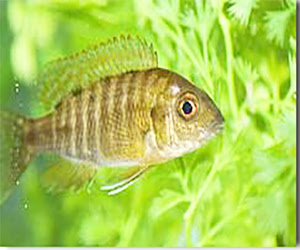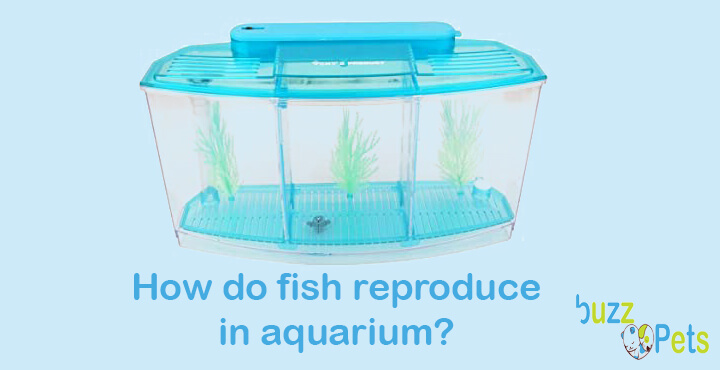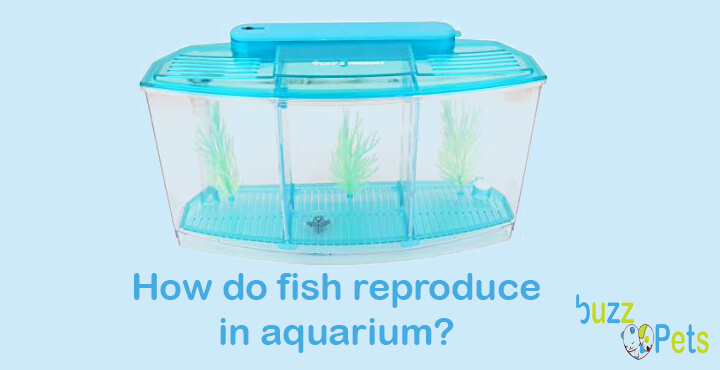Fish fall into two main categories:
– oviparous: they lay eggs. They are by far the most numerous.
– the viviparous: the incubation of the eggs takes place in the maternal pouch and the young are born fully formed. The most famous examples are guppy, platy, molly.The reproduction of fish in temperate zones is largely dependent on the seasons: goldfish thus typically reproduce in tanks with the onset of spring, when temperatures warm up and food becomes more abundant.
For fish in tropical areas, many factors can trigger spawning: rain or warming temperatures, the influence of light (many fish reproduce in the evening or in the early morning) are all possible stimuli. .
Diet also plays an important role in triggering reproduction: well-nourished fish will naturally have a better chance of having a lot of eggs and better offspring.
After a more or less spectacular and even sometimes almost violent courtship, the eggs of the oviparous species are expelled by the female and quickly fertilized by the male.Some fish, for example cichlids, provide parental control (sometimes the female, sometimes the male, sometimes both) to ensure that

the eggs and then the fry do not end up devoured by predators or that the eggs are not attacked by fungi (by systematically removing non-viable eggs and ventilating them with their pectoral fins); but other species, generally very prolific, do not take care of their offspring at all: it is a good bet as far as they are concerned because the eggs are so numerous that some will end up doing well and the females can then afford to chain more quickly.
In the aquarium, however, a number of problems or obstacles can appear.
First of all, the fish which take care of their eggs and sometimes even the fry must have a sufficient feeling of security: this can for example consist of a fitted out hiding place where the eggs will be deposited and which the fish will guard against any intruder; this also requires the appropriation of a sufficient territory. Otherwise the fish will abandon or even devour their own eggs by simply “estimating” that their offspring will have no chance of surviving and, for lack of better, by offering themselves at least a menu very rich in proteins. Sometimes juveniles can also end up being devoured when they have this time reached a certain size (this is not uncommon in cichlids): the simplest explanation is that, due to lack of sufficient space in the aquarium, the young have not been able to sufficiently distance themselves from the parents who now see them either as a threat to the next generation or as competitors – the only solution is therefore to remove the young.
For fish that do not take care of their offspring, the equation is quite simple: is the aquarium large enough and does it have enough caches (decor, plants) so that part of the eggs and little ones escape adult fish, including mom and dad? If this is not the case, a properly hygienic breeding tank should be used.


